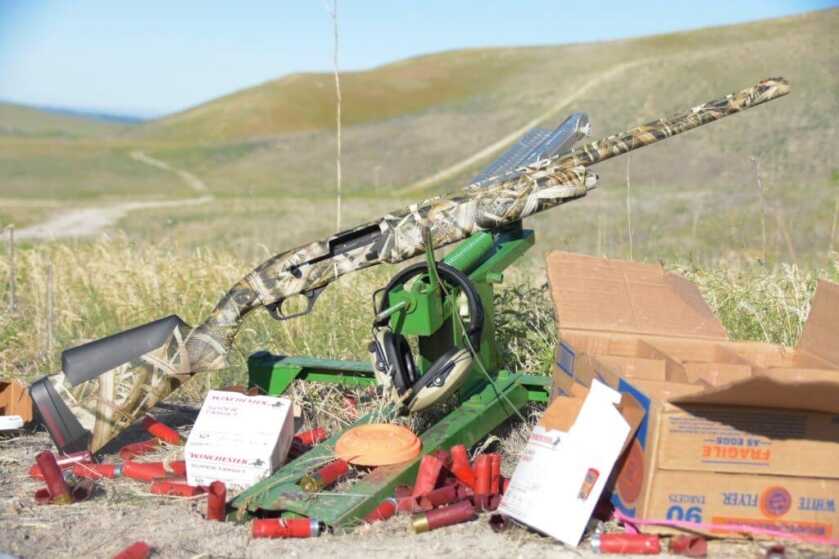
Savage Arms’ newest shotgun, the Renegauge, was announced almost a year ago and purchasers are finally getting their hands on them. This new hot-rod semiautomatic shotgun has been totally redesigned and over-engineered by the good folk at Savage. At the core of the Renegauge is a new D.R.I.V. System (pronounced ‘drive’) that utilizes dual pressure relief valves and a short-stroke piston to cycle the action reliably between shots, almost independently of the power of the shell fired. If this detail is boring, check out my hunting trip with the Renegauge here. If you love the nitty-gritty good stuff, there’ll be more throughout this in-depth review.
What is the Renegauge?
As mentioned, the Renegauge is a new gas-operated semiautomatic shotgun made by Savage Arms. Currently, the Renegauge is only offered in 12 gauge with six different models available that differ in barrel length and camo designs. Of these, you can choose a barrel length of 24″, 26″ and 28″ as well as three different Mossy Oak camouflages and a simple black scheme. The model that I will be referring to throughout the rest of the article is dressed up with Mossy Oak Shadow Grass Blades camo and a 26″ barrel (part no. 57605)
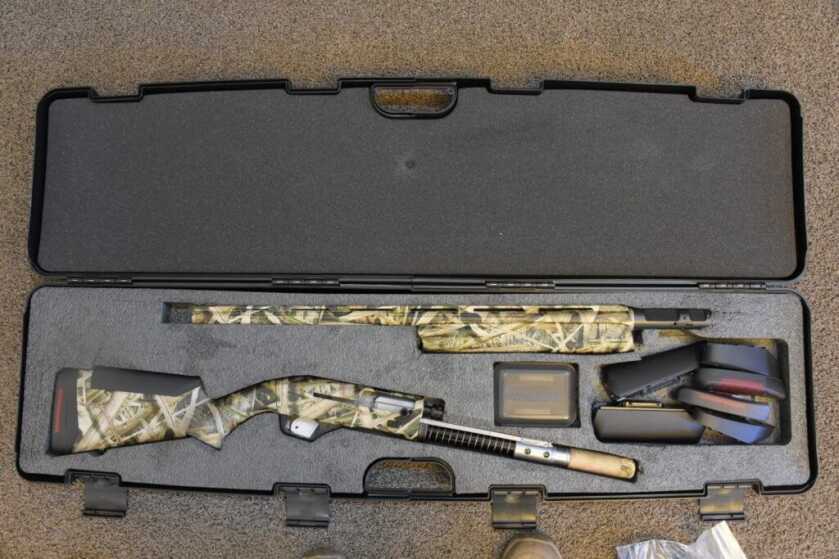
Looking Closer
Not only is the Renegauge’s stock aesthetically pleasing, but extremely customizable, sturdy, and comfortable. The forend and buttstock may look similar to Savage’s AccuFit rifle stocks, and that is because they are! When the Renegauge was being designed, the stock featured over-molded surfaces. Because of the long period of time that it took to perfect the shotgun, AccuFit had been introduced and had seen great success in the meantime. The engineers wished to incorporate AccuFit, but could not because it is designed for rifles, and how shooters engage them. These engineers also wanted to incorporate Technogel into the design, leading them to completely redesign the stock of the Renegauge to what it is today. On this stock, you can swap out the cheek riser and rearrange the butt-pad and spacers in over 21 different combinations of length-of-pull and comb height. Also, the recoil pad and comb are made of a sturdy, gel-like polymer which creates a very comfortable interface between the shooter and the gun.

You can adjust the gun to most precisely fit you by not only changing the cheek-piece and butt-pad spacers but also by swapping out shims between the stock and the receiver. The Renegauge comes with shims to finely adjust cast as well as drop.
Moving forward, you’ll find a receiver machined from 7075 aluminum which keeps the weight down and corrosion resistance up. Inside of this receiver, the bolt peaks through the ejection port. This bolt is welded to the action bar for maximum strength and precision and ease of installation. The action bar/bolt assembly is chrome plated; reducing friction internally and, again, keeping rust out of the equation.
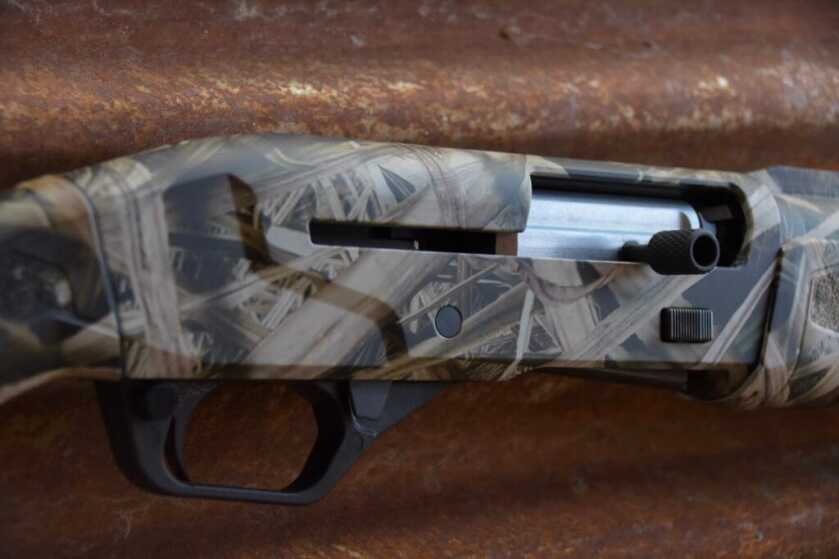
The barrel on the Reneauge also deserves some special attention: this fluted, melonite coated piece of art is a secret masterpiece. The fluting on the barrel is not only aesthetically pleasing but removes precious ounces from the system. Consequently, the gun speeds up quicker and slows down faster when swung with the same force when compared to an otherwise identical, unfluted barrel. I would not claim this if I hadn’t felt this for myself.
A fluted barrel will also cool faster than an unfluted barrel because of the increased surface area. Even though shotguns aren’t noticed to have the same loss of accuracy as rifles have when the barrel heats up, quicker cooling ensures that the shooter is less likely to get burned after the most intense course of fire. Besides these points, there are some other details that make the Renegauge’s barrel noteworthy like the melonite coating that increases corrosion resistance (see a trend?), allowing you to keep hunting in even the worst weather. The chamber in the Renegauge is cut for 3″ shotshells, allowing you to shoot most sporting loads. Up top, the barrel features a welded, vented rib with glare-reducing cuts and it’s topped with a sturdy red fiber optic sight. And at the muzzle, you’ll find that it accepts Benelli/Baretta style choke tubes.
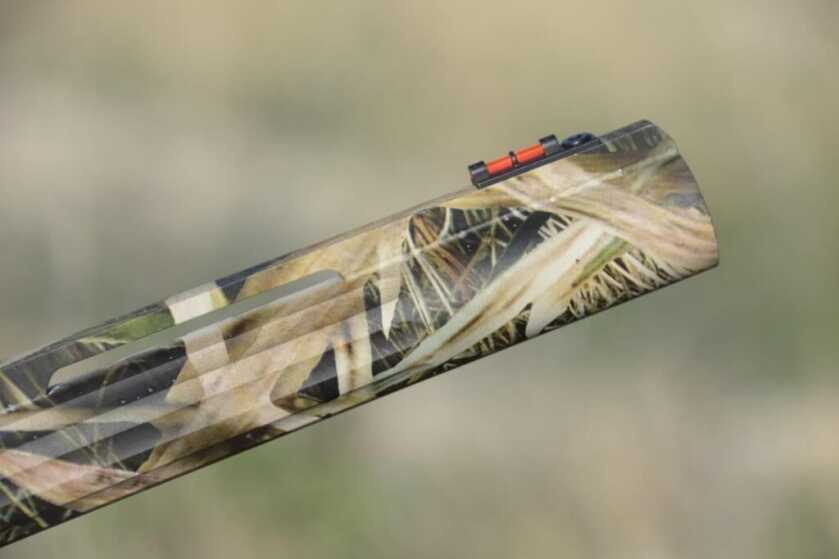
The D.R.I.V. gas system on the Renegauge took a long time for them to perfect in their factory, but they absolutely nailed the design. The gas exits the barrel through ports, passing valves that vent excess pressure and entering a confined space in front of the piston, driving the piston into the action bar and thus cycling the action through the supplied force. Everything about this system was designed with maximum reliability in mind. Because there is a twin-valve system, Savage went with a smaller port diameter which shaves wads less than existing systems, reducing the amount of problem-inducing grime inside the action and valves.
Coupled with the self-metering D.R.I.V. system, there is a stock rod buffer that softens the impact of the bolt at its rearmost position. This part protrudes from the stock into the action and on the tip of the rod, there is a polymer buffer that dissipates a ton of recoil energy.

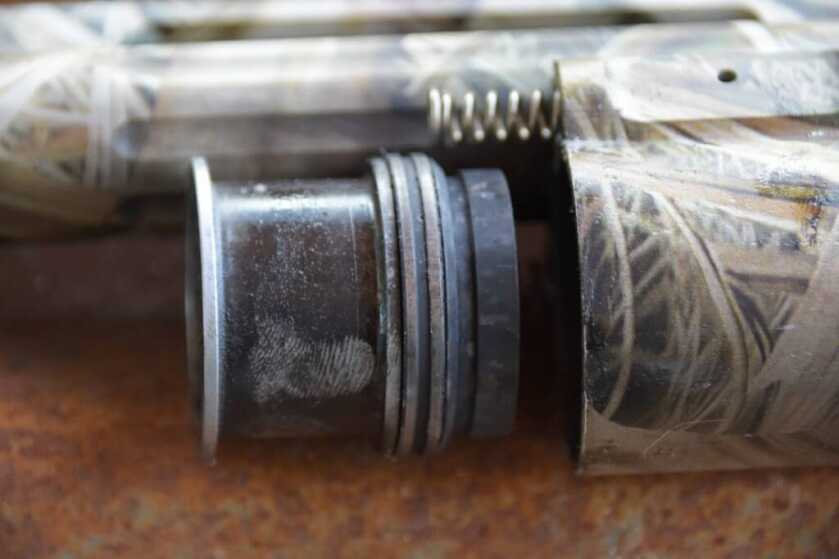
Shooting The Renegauge
A friend of mine and myself took a quick drive out to the desert and set up a clay thrower to put our skills and the Renegauge to the test. Of course, we were wanting to bust clays, but our main objective was to compare the Renegauge and its D.R.I.V. system to a more simple recoil operated shotgun. We planned to see differences in recoil impulse between the two, and possibly disparities in reliability.
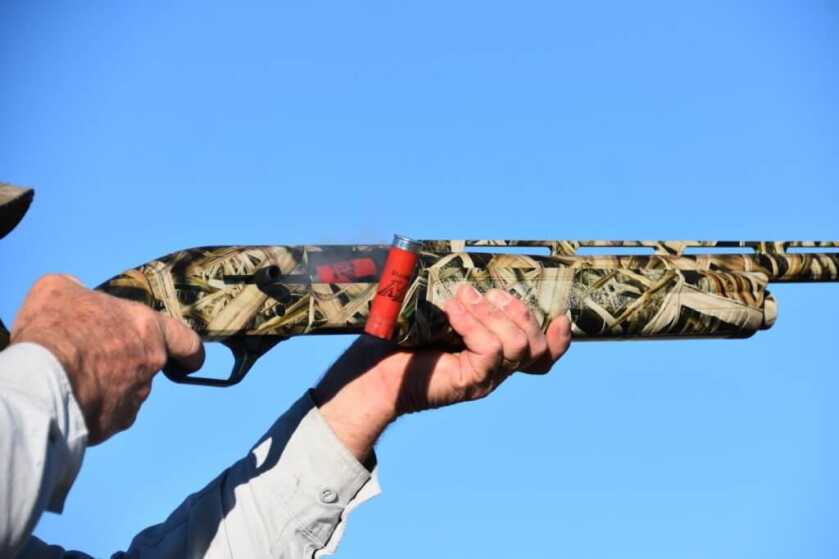
For our test, we used Winchester and Federal Ammunition mainly. Included were Winchester Super Target Extra Light and Light Target Loads, SuperX Xpert High Velocity Steel Shot 3″ #2s, BRI 2 3/4″ 1 oz Rifled Slug and 3″ 1 oz Rifled Slug Hollow Point as well as Federal Prarie Storm 2 3/4″ #5 high velocity loads. The Renegauge cycled all of the shells well, except for the Xtra-Lite Target Loads. These simply lacked enough power to cycle the gun, which was also noted in the recoil-operated shotgun. Our next objective was to qualitatively compare the two guns side-by-side in terms of felt recoil. With light target loads, we thought we might feel a slightly more sharp recoil impulse in the recoil-operated gun than in the Renegauge but the difference wasn’t huge. This contrast became more apparent when we upped the power to the Upland High Velocity high brass shells. We then continued to increase the power of the shells until we topped out at Winchester Super X slugs. At this point, it was downright hurtful behind the recoil-operated gun, and much more manageable behind the Renegauge. This was a very fun test, and I hope you can go out and do the same thing at some point if you buy a Renegauge of your own.

Another thing that I was curious about was the pressure that is being vented by the valves. These valves release gasses forward of the handguard along the underside of the barrel. I placed a piece of paper in front of the valves and then fired the gun with a low brass 2 3/4″ shell to see what the paper looked like. I then repeated the test with a 3″ Hevi-Shot shell and noted that the low brass wasn’t powerful enough to open the valves, but the 3″ shells vented a lot of gas quite violently. This made me not want to put my fingers in front of these valves.

Specifications
- 1,559.00 MSRP (black synthetic starts at $1,449.00)
- Semi-auto
- Melonite barrel finish & Mossy Oak Shadow Grass Blades camo
- 28″ barrel length
- carbon steel barrel
- 12 gauge chambering
- 4+1 mag capacity (2 3/4″)
- Right handed controls
- 14.25″- 15.07″ length of pull
- 49.5″ overall length
- Mossy Oak Shadow Grass Blades receiver
- Aluminum receiver
- Monte Carlo style camouflage synthetic stock
- 8 pound total weight
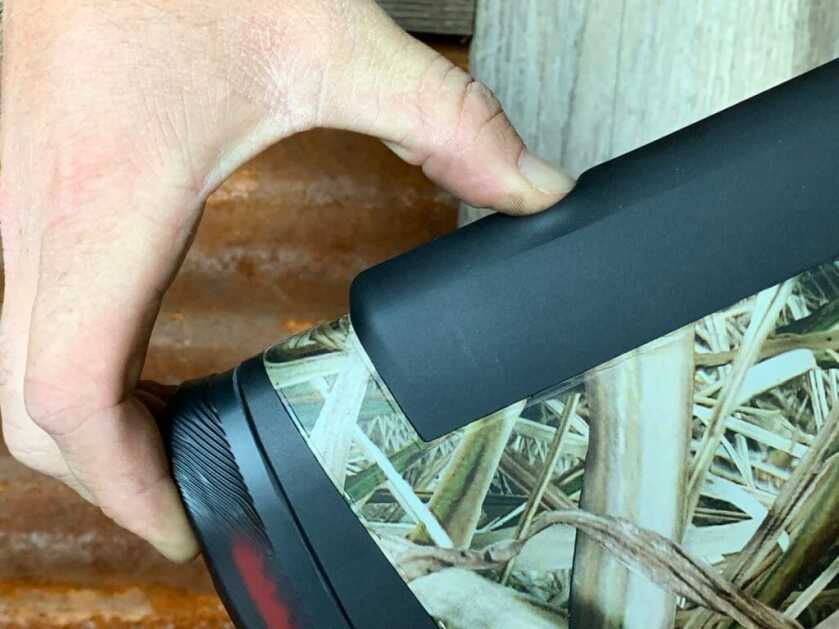
Final Verdict
After hunting in North Dakota this last year and my own independent testing recently, I’ve come to love Savage’s Renegauge shotgun. I’ve shot literally thousands of rounds through the gun and had few if any malfunctions. The shotgun has been built from the bottom up to be a high-quality gun and to be a smooth shooter. Thanks to the D.R.I.V. gas system and the stock rod buffer, the recoil impulse is smooth and light when compared to a more janky feeling recoil-operated system.
The Renegauge is very customizable for fit with the interchangeable cheek-piece and recoil pad spacers, so it pulls up naturally and points intuitively. The comb of the stock is soft and gel-like, making the hardest-hitting shells manageable. Another plus is the fact that it requires very little maintenance to keep it running reliably.

I’ve developed a ton of confidence in the Renegauge and its reliability and I think that the price is well worth it because of the versatility of the design. A guy could easily own this one shotgun and take it to the mountain tops chasing chukar, sit in the duck blind, smoke turkeys, deer at distance, or shoot sporting clays, or 3 Gun. If someone were looking for this kind of gun, I would not hesitate to recommend the Renegauge.

